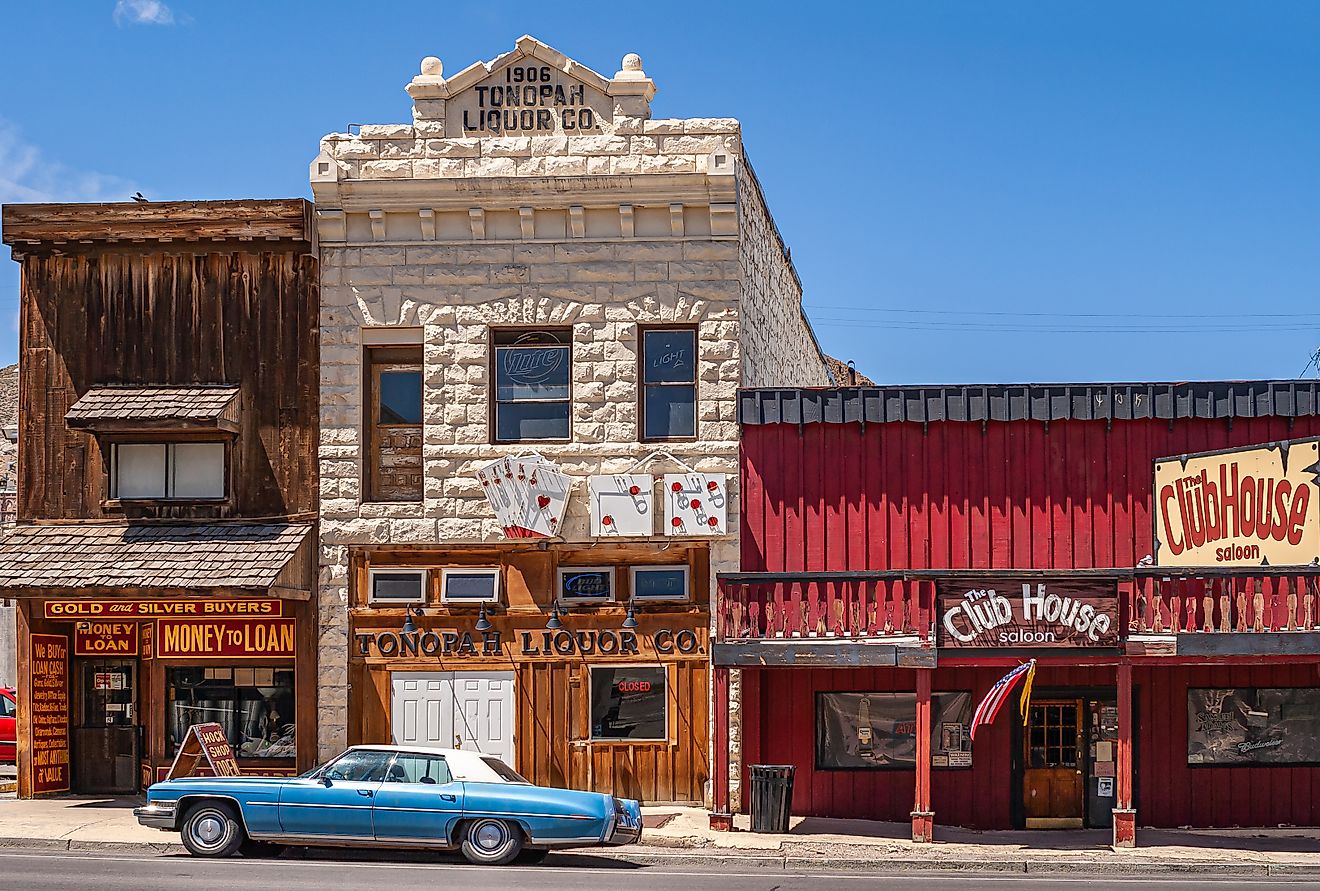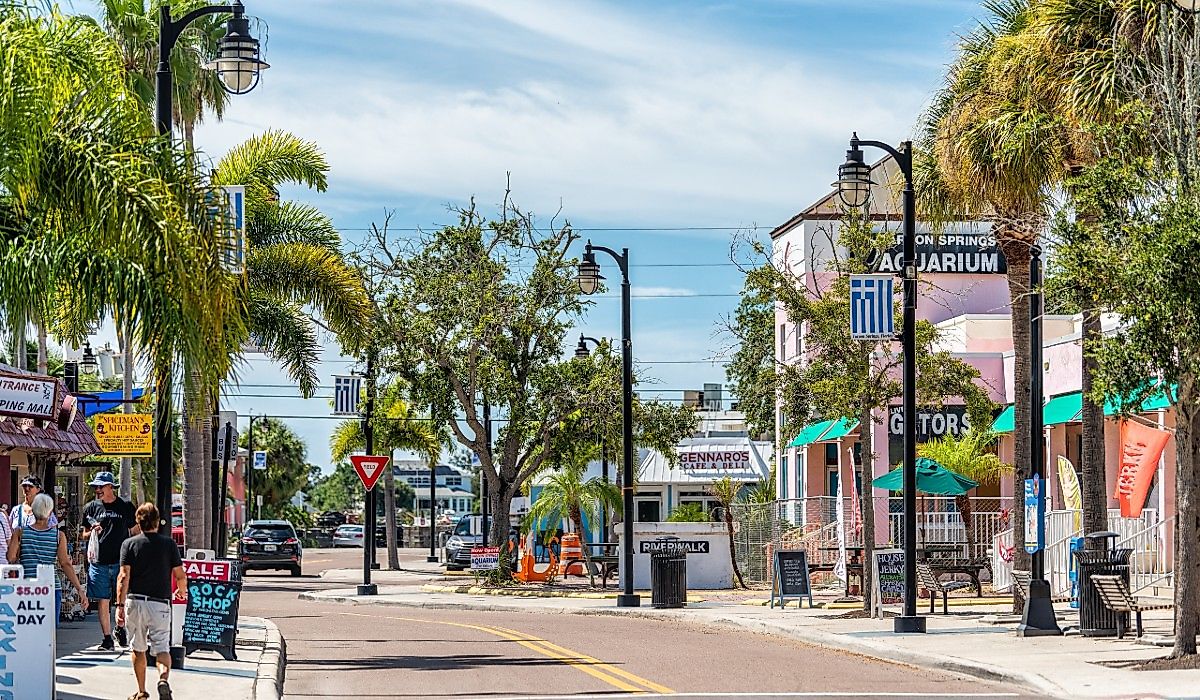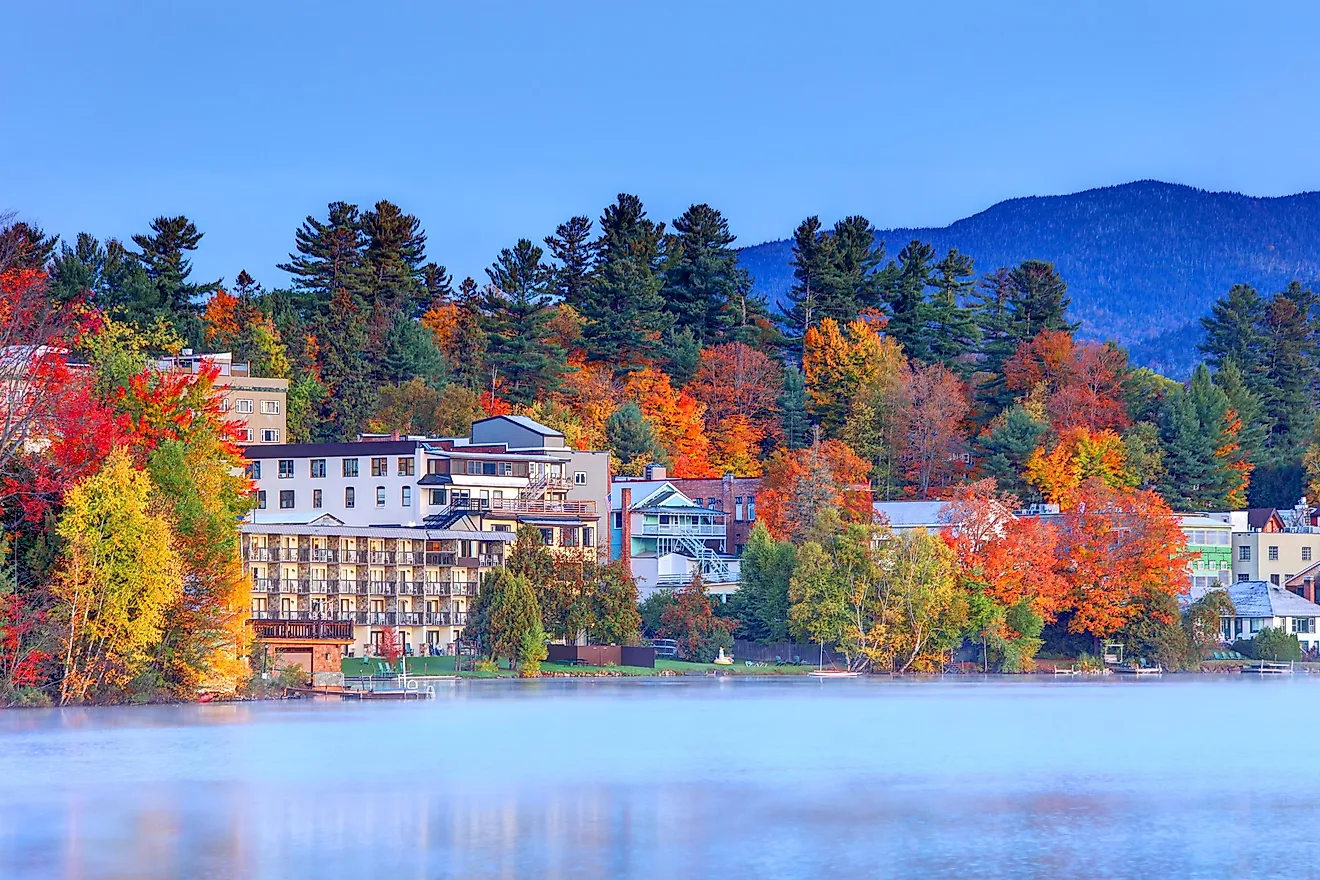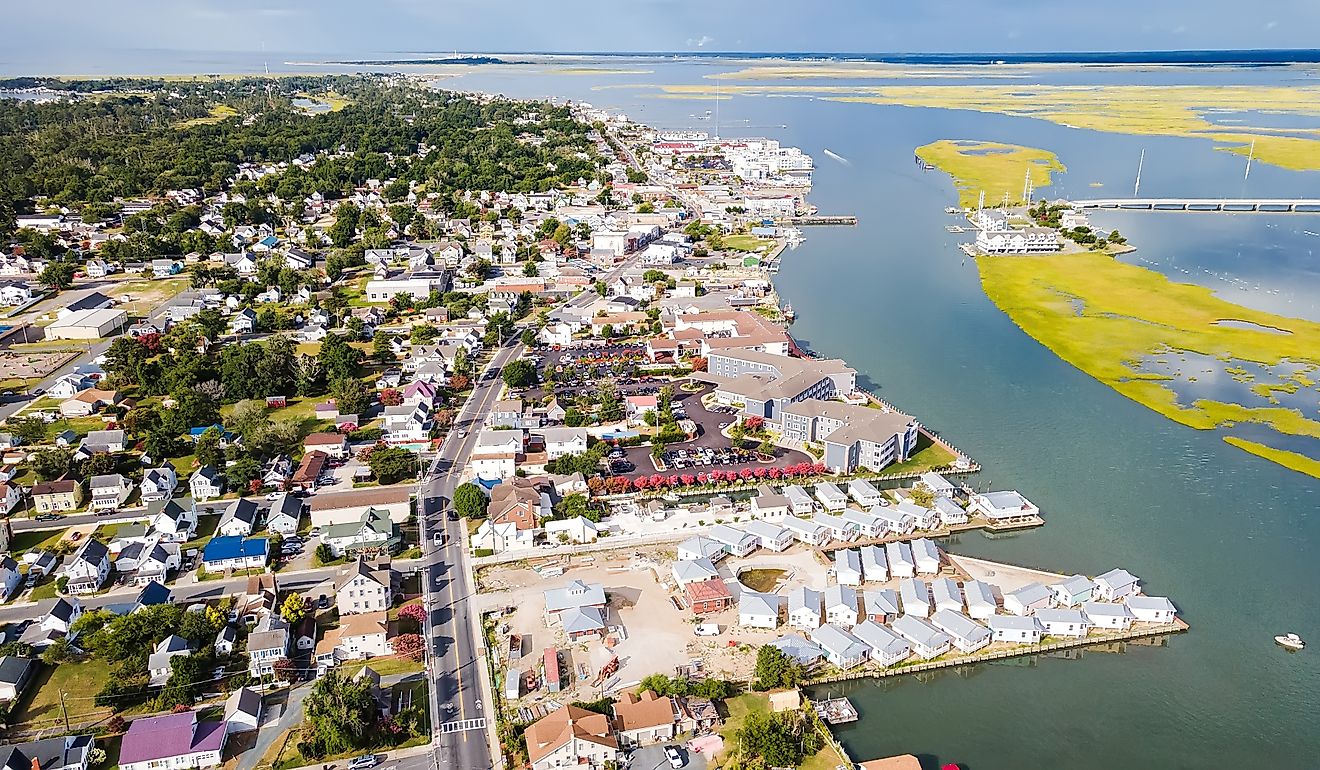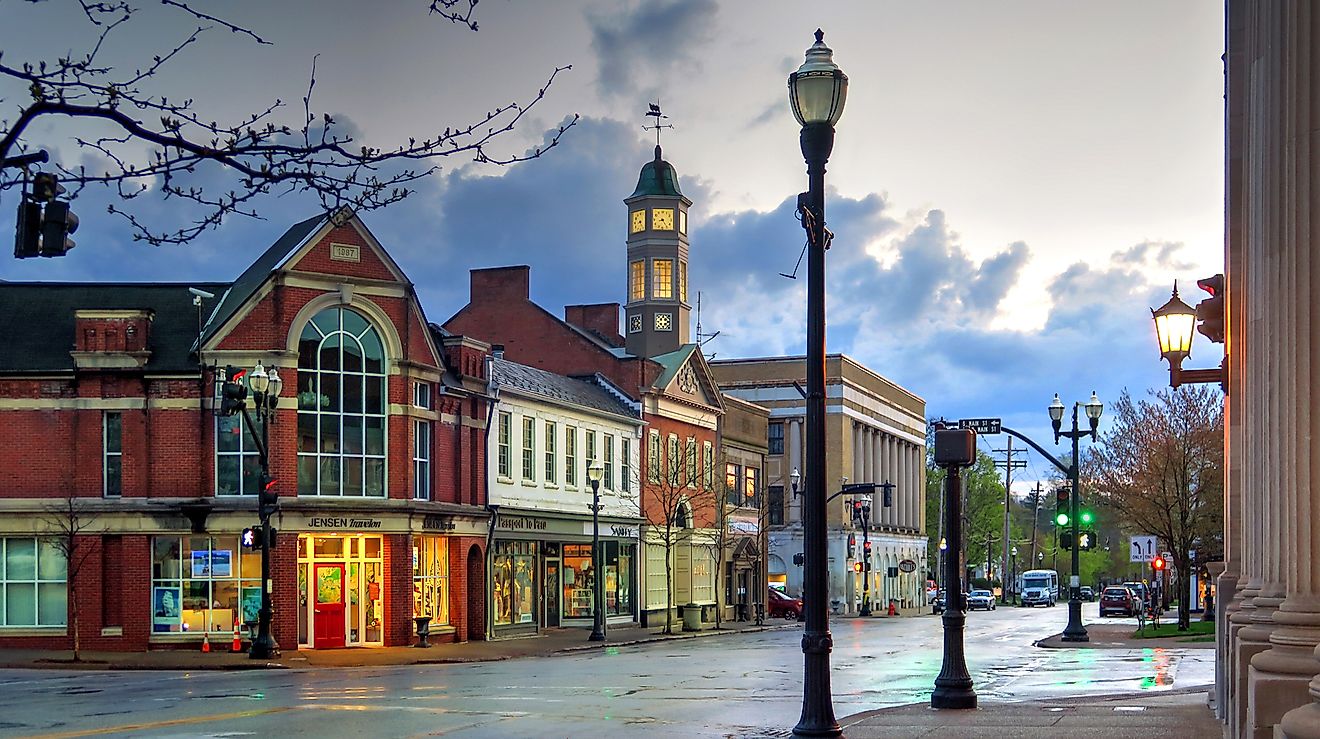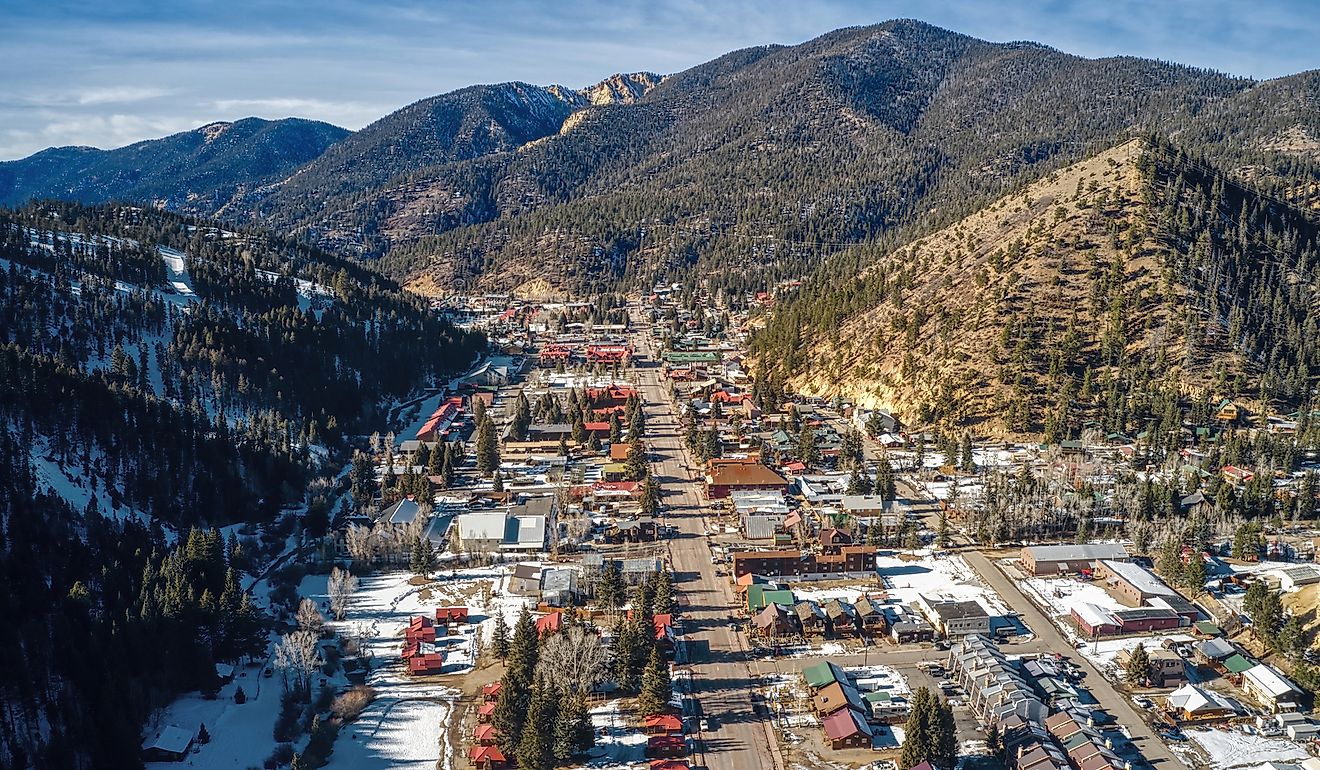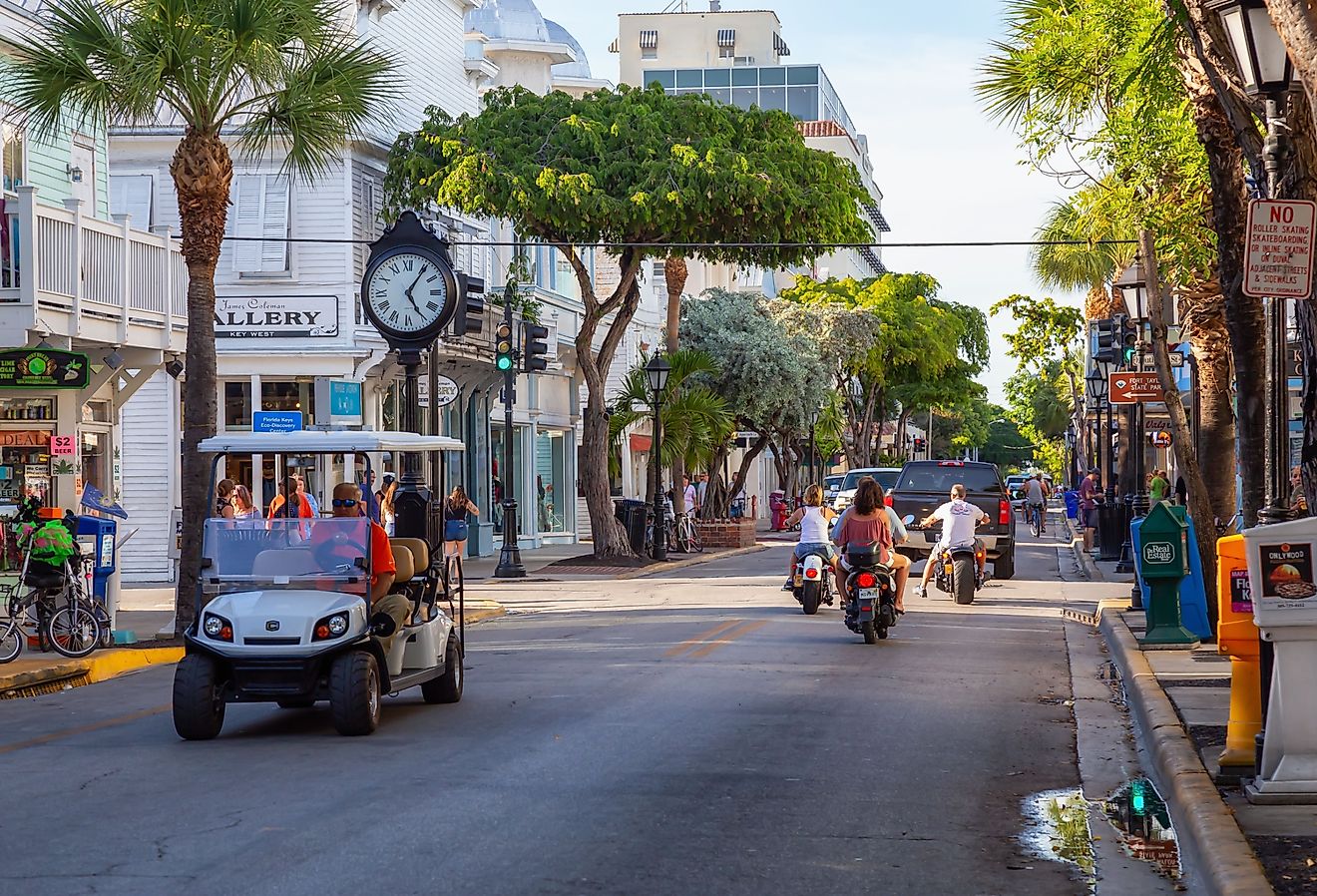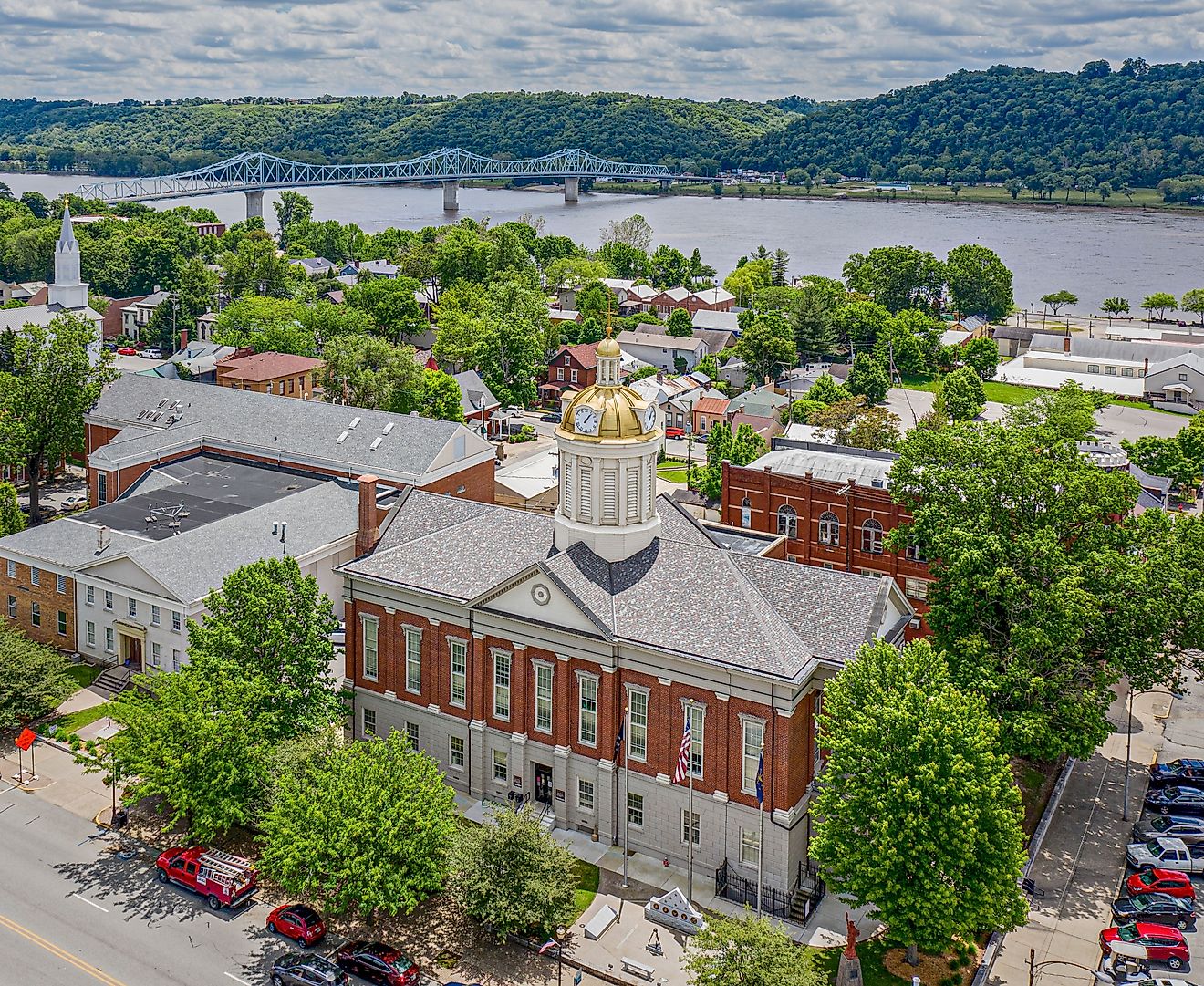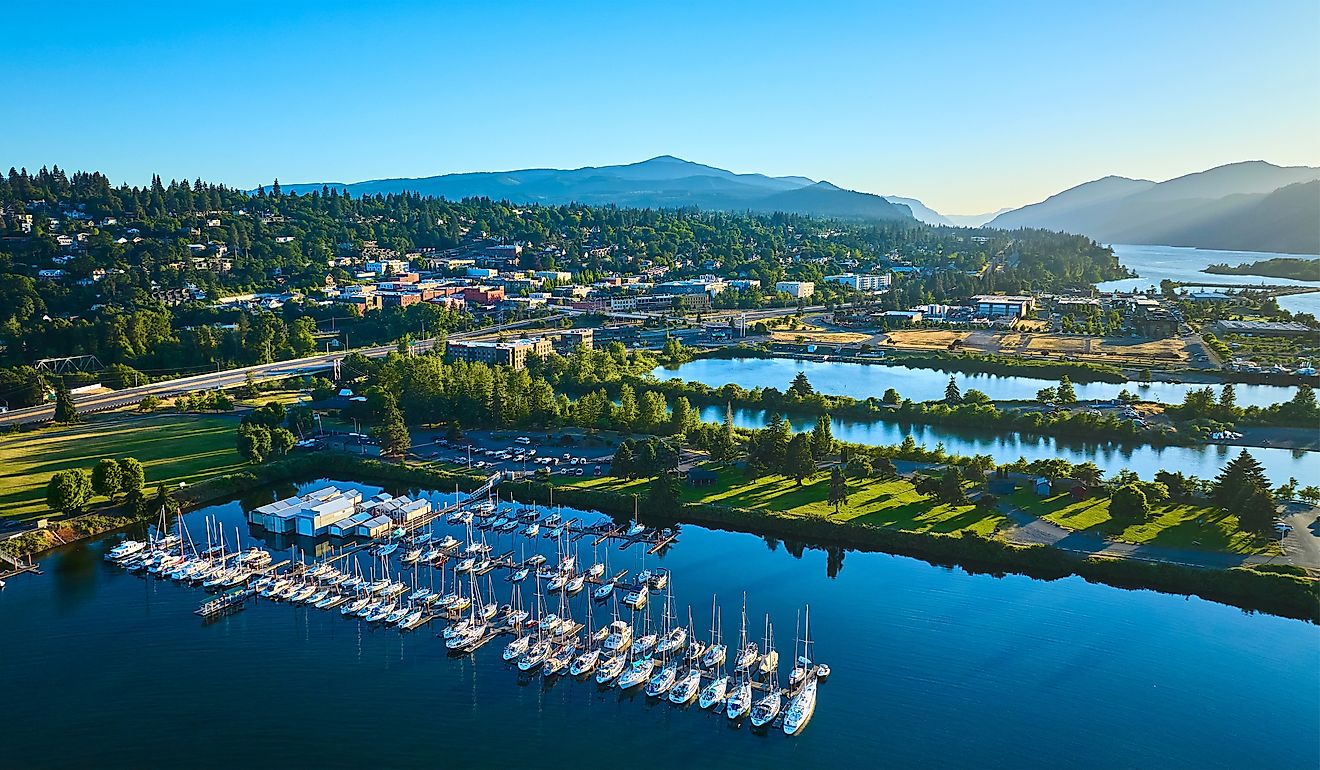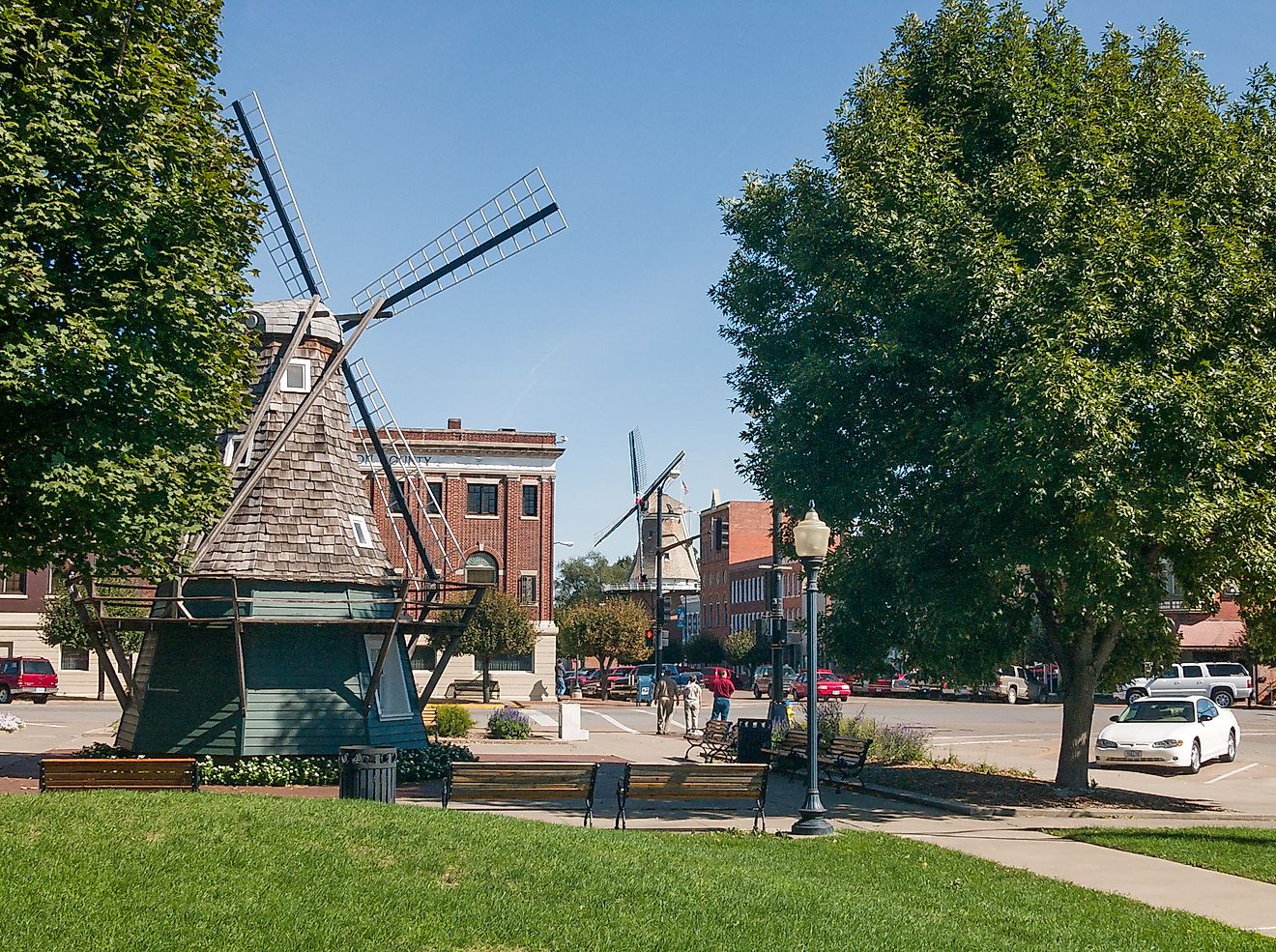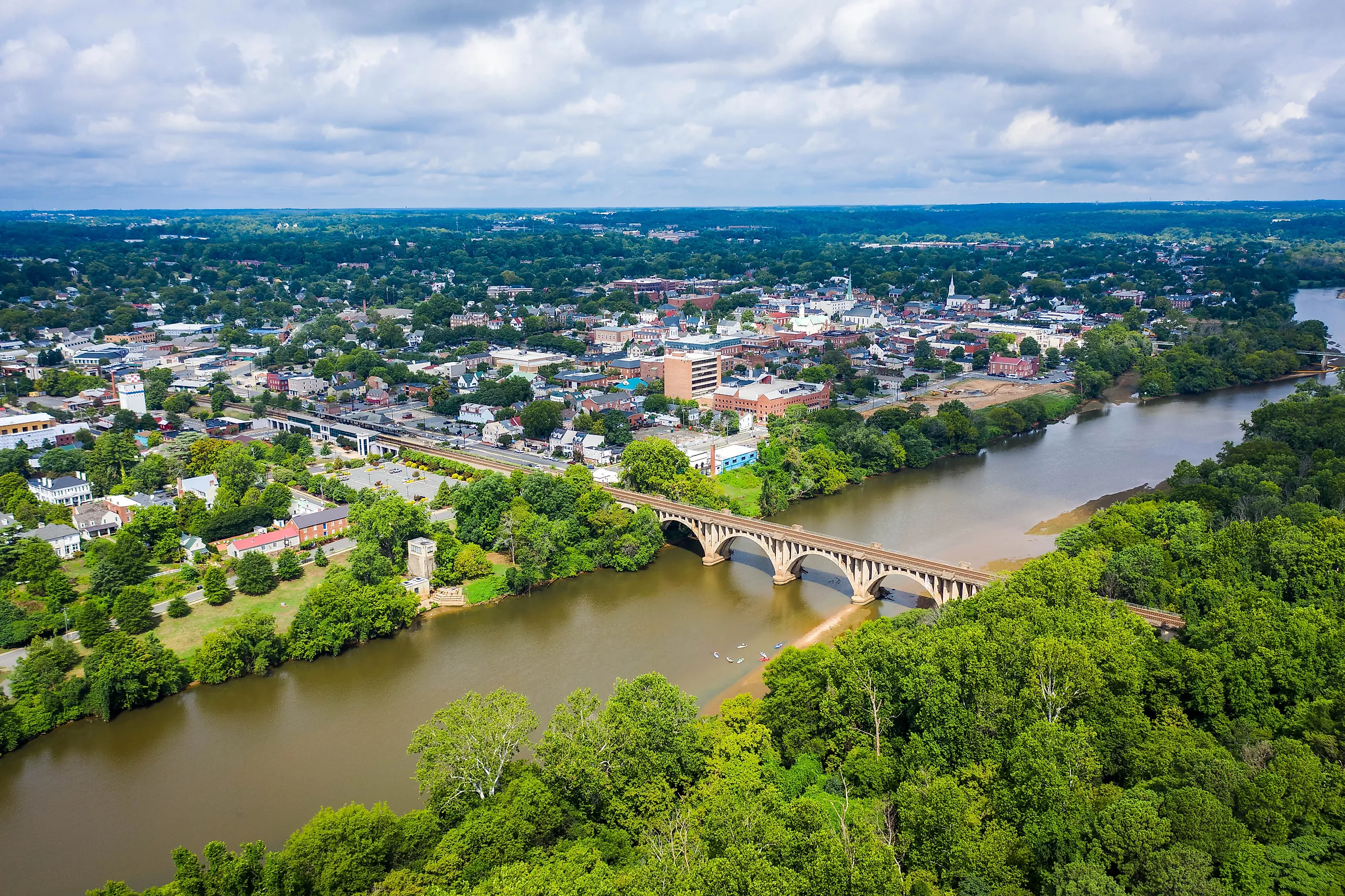
The 6 Can't-Miss Towns In Virginia
Virginia is certainly justified in its claim to be the birthplace of American democracy. It was here that the seeds of revolution took root, that the nation's founders lived, and that plans were drawn and decisions made that would shape the country’s destiny. And no other places tell this compelling story better than the small towns of Virginia, which are at the center of it all. From the coastal plains to the Blue Ridge Mountains, these communities have done a great job of preserving the Commonwealth's 400-year story. Through their well-preserved historic districts and world-class museums, these six can't-miss towns in Virginia provide a fascinating glimpse into the Old Dominion’s unique character and endless charm.
Charlottesville
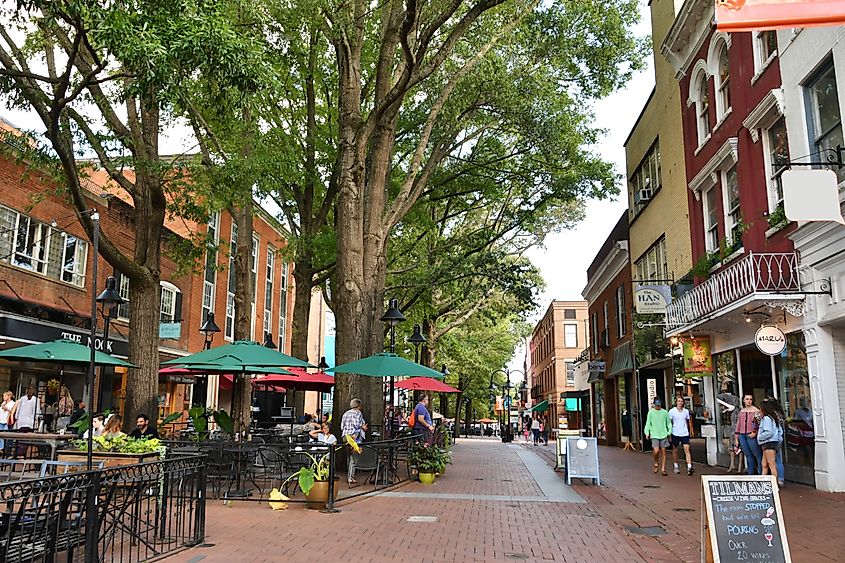
Thomas Jefferson's architectural know-how is very much on display in Charlottesville. Not only did the third US President leave his mark on his spectacular Monticello estate, but he also played a key role in the founding and design of the town’s historic university. A guided tour of Monticello, his beautiful hilltop plantation, is a must-do. In addition to featuring inventions like Jefferson's revolving bookstand and his polygraph machine, created as a means to duplicate letters, the estate’s Mulberry Row tells the stories of the enslaved people who lived and worked on the plantation, among them his mistress, Sally Hemings.
A personal favorite (I toured Virginia extensively in the fall of 2024), the University of Virginia grounds are probably the most attractive you’ll ever see at an educational facility. Another Jefferson creation, the Academical Village that still serves as the heart of UVA, is of such historic significance that it has been designated a UNESCO World Heritage Site. The centerpiece is the attractive Lawn, around which original dorm rooms are still in use. One of them even housed Edgar Allen Poe while he studied here, and is preserved for visitors to peek into. The iconic Rotunda overlooking the Lawn is also worth a visit, too.
Downtown Charlottesville is another can’t miss attraction. Here you’ll find the Downtown Mall, a brick-paved pedestrian area stretching eight blocks that’s full of funky stores like New Dominion Bookshop, established in 1924 and Virginia's oldest bookstore. Visit on a Saturday morning between April through December and you’ll enjoy the Charlottesville City Market which fills the Mall with local produce.
Winchester
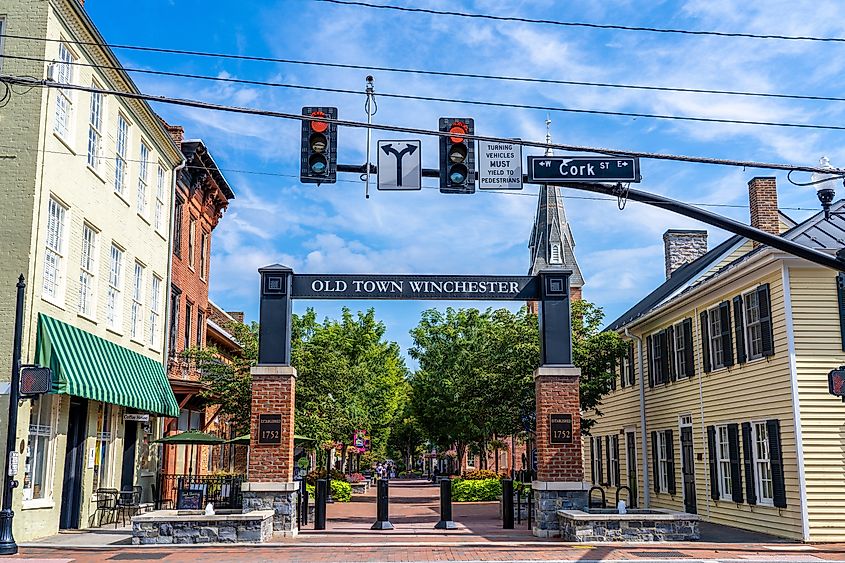
A vital marketplace for more than 250 years, Winchester’s rich heritage is on full display in Old Town Winchester. This fun-to-stroll, pedestrian-friendly historic district covers an area of 45 blocks and is centered around Loudoun Street Pedestrian Mall. Chock-full of remarkably well-preserved Colonial-era buildings that now house shops and great eateries like the Union Jack, it’s also where you’ll find fascinating attractions such as the Shenandoah Valley Civil War Museum.
You’ll also want to visit George Washington's Office Museum. Though small, it preserves a modest log structure that served as the first president's headquarters during the French and Indian War. Walk a little further and you’ll come to the Patsy Cline Historic House, where the legendary singer lived from the age of 16 to 21. Guided tours are available, and a good time to visit is during September’s Patsy Cline Block Party, a free event held at the museum.
No trip to Winchester is complete without visiting the Museum of the Shenandoah Valley. Just a few minutes’ drive from downtown, this world-class museum requires at least a few hours to take everything in. Highlights include the 1794 Glen Burnie house, lovely formal gardens (check out the small summerhouse), and galleries showcasing regional decorative arts. The museum's collection of miniature houses is worth the price of admission alone.
Lexington
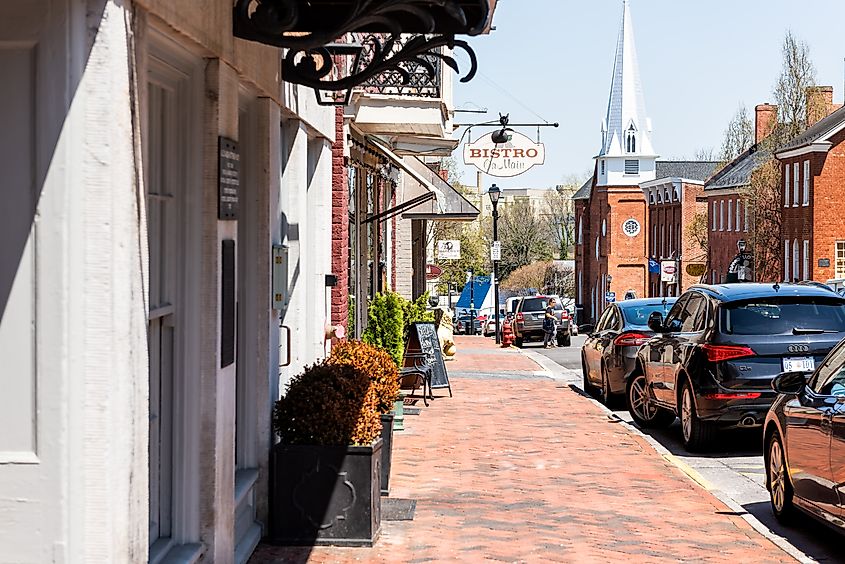
Lexington is home to two of the state’s most prestigious educational institutions: Virginia Military Institute (VMI) and Washington and Lee University. Set on adjacent properties just a short distance from Historic Downtown Lexington, these sprawling campuses are wonderful to walk, especially the university’s park-like grounds. Take your time and you’ll eventually wander past the picturesque University Chapel and Galleries, the final resting place of Robert E. Lee (you can also see the Lee family crypt).
Other can’t miss things to do in Lexington include the Jackson House Museum which preserves Stonewall Jackson’s former home where he lived while teaching at VMI. Speaking of which, the VMI Museum even displays Jackson's old raincoat worn the night he was fatally wounded in battle.
A great way to get your bearings is to begin your visit with a horse-drawn carriage ride. These enjoyable excursions start near the Lexington Visitor Center and feature fun narrated tours past historic homes and landmarks. You’ll also want to include the spectacular Natural Bridge State Park on your Lexington itinerary. Standing 215 feet tall, this limestone arch, once owned by Thomas Jefferson, makes for an incredible backdrop for a selfie or family pic.
Williamsburg
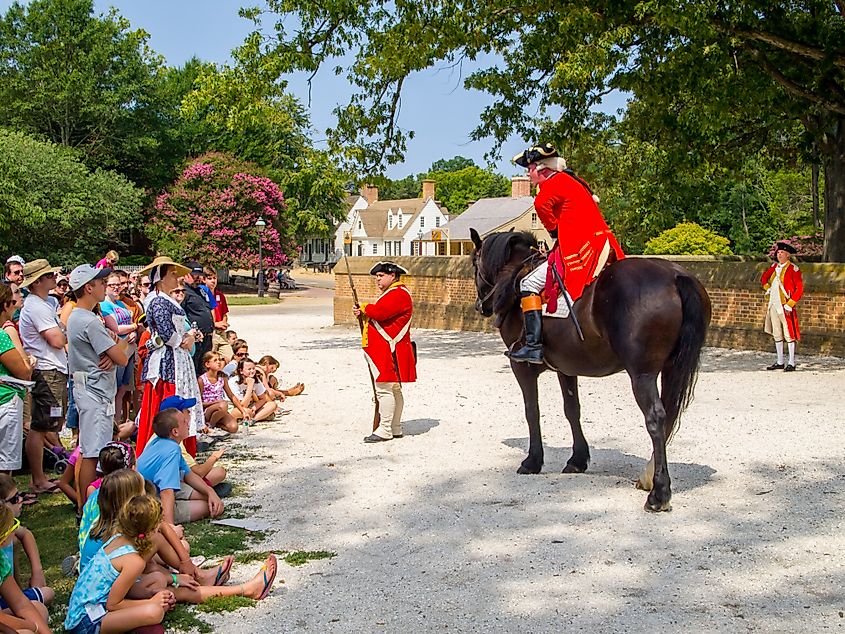
If you’re a history buff with an interest in Virginia’s colonial days, then Williamsburg is a "can’t miss" destination. Colonial Williamsburg’s restoration and preservation began in 1926 and now ranks as the world's largest living history museum. Spread across 301 acres, this remarkable attraction literally transports you back to the 1770s through its original 18th-century buildings and several hundred faithful reproductions. Many are “home” to costumed interpreters who demonstrate period trades such as tailoring and dressmaking, blacksmithing and tin making, and all are happy to chat about the revolution and colonial life.
Must-sees include the Governor's Palace, reconstructed on its original foundation and a reminder of the former colony’s power and wealth. The Capitol building is another can’t miss spot and hosts reenactments of colonial-era debates. You’ll also have the chance to talk to craftspeople as they create everything from jewelry to hand-forged iron using 18th-century techniques.
Take it from me, you’ll definitely want to spend at least a couple days here as there’s so much to see. Accommodations in the palatial Williamsburg Inn are superb, as are the Colonial Houses they rent out. These historic lodgings include original cottages and rooms spread about Colonial Williamsburg and offer an authentic place to stay just steps from the action.
Luray
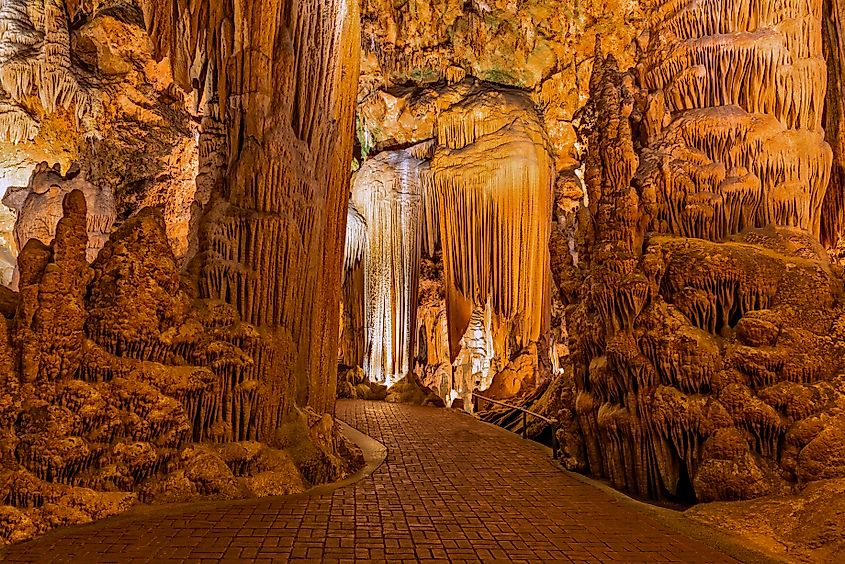
Like Lexington, Luray is also where you’ll find one of the most incredible natural attractions in Virginia, this time underground. The Luray Caverns are the largest in the eastern United States and feature cathedral-sized underground “rooms” with towering columns, flowing stone draperies, and crystal-clear pools. They’re also a constant 54-degrees year-round, providing a welcome respite from summer heat or even winter cold.
On your way from the caves to the downtown area, you won’t miss the impressive Luray Singing Tower. Standing an impressive 117-feet tall, its 47 bell carillon hosts free recitals on weekends and holidays from spring through fall. For an unforgettable Luray visit, add a stay at the Mimslyn Inn to your itinerary. Built in 1931 on a hill overlooking town, it’s just a few minutes’ drive from Luray Caverns and features a spa and an elegant dining room serving regional cuisine.
Fredericksburg
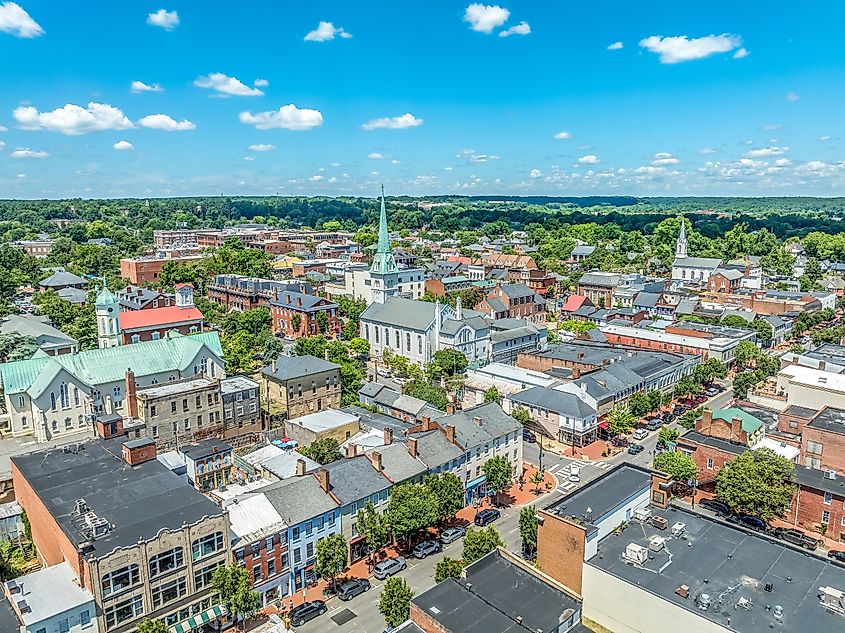
Located halfway between the two Civil War capitals of Washington, D.C., and Richmond, Virginia, historic Fredericksburg was a crucial battleground during America’s bloodiest conflict. Today, this quiet river town preserves its Civil War legacy through sites like the Fredericksburg Battlefield Visitor Center which details the area's four major battles through exhibits and artefacts. Walking tours are available and follow the adjacent Sunken Road, scene of devastating Union casualties during the December 1862 battle, and past the stone wall where Confederate troops made their stand.
Downtown Fredericksburg is also fun to explore for its well-preserved 18th and 19th-century architecture. Highlights include the James Monroe Museum and Memorial Library, which holds the nation's largest collection of artifacts related to the fifth president. The nearby Fredericksburg Area Museum is another must-visit and occupies the old Town Hall/Market House from 1816. Finally, pop into the Rising Sun Tavern Museum, built by George Washington's brother Charles in 1760; costumed guides provide informative tours of this former stagecoach stop.
The Final Word
If you’ve not yet bit the bullet and committed to exploring Virginia’s many amazing small towns, these six destinations provide a sample of what you’re missing. Each has something unique to offer, whether it’s Charlottesville’s picture-perfect college grounds or the Civil War battlefields of Fredericksburg. Whether you visit just one or visit them all, these six "can’t miss" towns in Virginia are ideal introductions to everything that’s unique about the state they call the Old Dominion.
